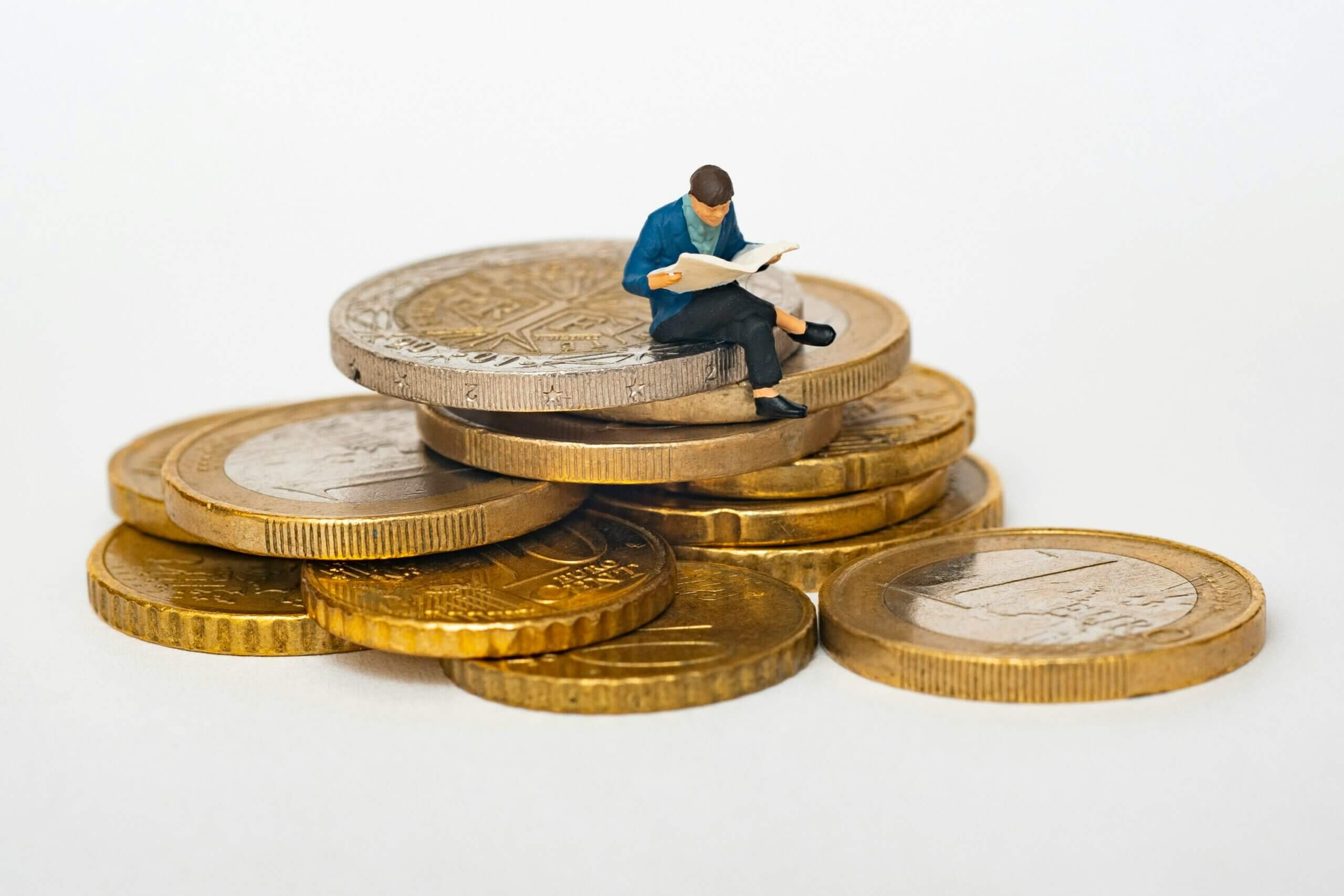The world of art has always possessed a unique and undeniable charm. Beyond its intrinsic beauty, art has increasingly become a sought-after avenue for investment. The idea of owning a valuable masterpiece that not only adorns your walls but also potentially appreciates in value over time is undeniably appealing. In this comprehensive exploration, we’ll delve into the realm of art as an investment, understanding the dynamics, challenges, and opportunities that come with navigating the world of fine art and collectibles.
The Dual Nature of Art: Aesthetic and Investment Value
Art has a dual identity. It’s not just a painting or sculpture but a potential asset that can offer a return on investment. This duality can make the art market an intriguing but complex arena. Art’s intrinsic aesthetic value is undeniable; it has the power to evoke emotions, tell stories, and spark conversations. Yet, it’s important to recognize that art also holds financial value, which can appreciate over time. This convergence of art as an aesthetic and investment asset often forms the basis of art investment decisions.
Understanding the Art Market
To invest in art successfully, one must understand the art market’s dynamics. Unlike more traditional investments like stocks or bonds, the art market operates in a unique manner. It’s decentralized and often opaque. Art doesn’t have a daily trading market with visible price changes. Instead, it relies on auctions, galleries, and private sales. The value of an artwork can vary significantly based on factors like the artist’s reputation, the rarity of the piece, and the prevailing demand in the market.
Choosing Your Art Investments: The Artist’s Significance
One of the fundamental elements of art investment is the artist’s significance. Established, renowned artists often produce works with higher investment potential. However, emerging artists can also be lucrative if you have a keen eye for talent. Researching the artist’s reputation, exhibition history, and critical acclaim is crucial. Additionally, the provenance or history of ownership of the artwork can affect its value. Artworks with impressive histories or those previously owned by notable collectors can carry higher price tags.
Art Categories: Painting, Sculpture, and Beyond
Art encompasses a wide array of forms, from traditional paintings and sculptures to more contemporary media like digital art and installations. Each category has its unique market dynamics. Paintings, particularly works by renowned artists, have traditionally been strong investment options. Sculptures, with their physical presence, can also be highly desirable. In recent years, contemporary and digital art have gained prominence, reflecting changing trends in the art market.
Challenges in the Art Market
Investing in art is not without challenges. It requires a good understanding of the market, significant capital, and an ability to withstand market fluctuations. Liquidity can be an issue in the art market; selling a valuable artwork can take time and incur high transaction costs. Authentication is another concern, with issues of forgeries and provenance complicating matters. Diversification is key; investing solely in art can be risky, so balancing your portfolio with other asset classes is advisable.
Art and Collectibles in a Diversified Portfolio
Art and collectibles can have a place in a diversified investment portfolio. They offer a level of diversification that can be beneficial in mitigating risks. However, it’s important to recognize that the art market doesn’t always move in sync with traditional financial markets. In times of economic uncertainty, art can provide a degree of stability, making it a potentially attractive option for investors looking to hedge against economic downturns.
Balancing Passion and Profit
Art as an investment is a unique and multifaceted endeavor. It combines the appreciation of beauty with the pursuit of financial gain. Navigating the world of fine art and collectibles requires a keen eye, a good understanding of market dynamics, and a willingness to accept both the joys and challenges of the art market. For those who balance their passion for art with a prudent investment strategy, art can truly be a rewarding addition to their financial portfolio. Whether you’re a seasoned collector or a newcomer to the art market, the allure of art as an investment continues to shine brightly.





